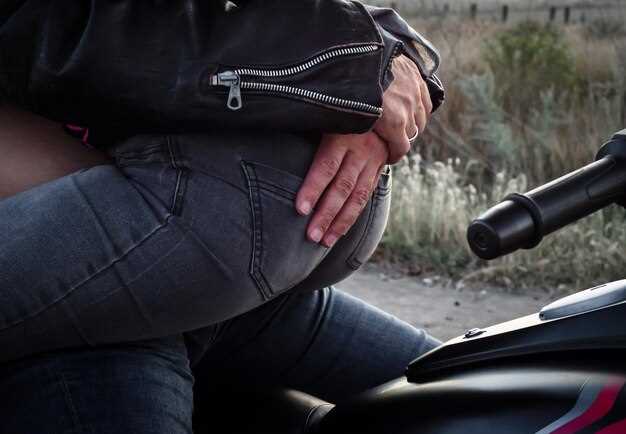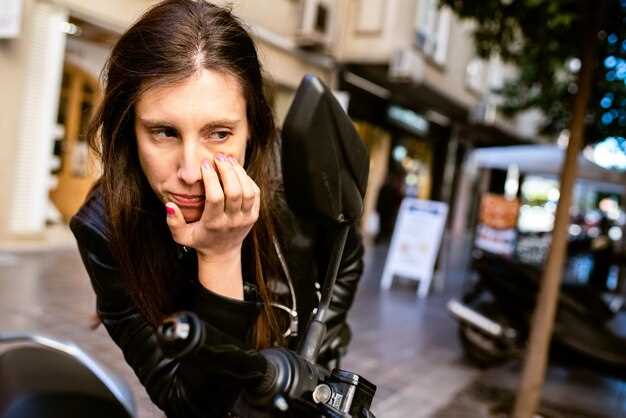
In the realm of photojournalism, capturing the essence of motorcycle culture extends beyond mere imagery; it involves a profound respect for the communities and traditions that thrive within motorcycle clubs. Understanding their techniques is crucial for any journalist looking to depict this subculture authentically. Motorcycle clubs are more than just groups of enthusiasts; they embody a rich tapestry of values, camaraderie, and a deep-seated passion for the open road.
The process of documenting these motorcycle clubs requires not only technical skills in photography but also sensitivity to the nuances of their lifestyle. Each club has its own set of techniques, rituals, and codes that govern their interactions, both within the club and with the outside world. By approaching these subjects with respect and a genuine interest in their stories, photojournalists can create a more meaningful dialogue between viewers and the motorcycle community.
Moreover, adhering to ethical standards in photojournalism is paramount when engaging with motorcycle clubs. Respecting their privacy and acknowledging their boundaries fosters trust, leading to richer narratives that resonate with audiences. This article will explore the essential techniques for documenting motorcycle clubs while emphasizing the importance of respect and understanding in the photographic journey.
Understanding the Unique Culture of Motorcycle Clubs
The culture of motorcycle clubs is rich and diverse, shaped by shared experiences, values, and a deep sense of community. Members often refer to each other as family, fostering strong bonds that are built on mutual respect and loyalty. This camaraderie is evident in the rituals, traditions, and ceremonies that define club life, such as group rides, rallies, and charity events.
Motorcycle clubs often have distinct hierarchies and structures, with clear roles and responsibilities assigned to members. This organization helps maintain order and promotes accountability within the group. The use of specific patches and colors serves as an identity marker, indicating a member’s affiliation and status within the club. These symbols carry significant meaning and often tell a story of the club’s history and values.
In addition to the camaraderie, the culture of motorcycle clubs is deeply intertwined with a spirit of freedom and adventure. Riding a motorcycle represents independence and a break from societal norms. This sense of freedom is often celebrated through photojournalism, as photographers capture the essence of motorcycle culture, showcasing the raw emotions, breathtaking landscapes, and vibrant gatherings of club members. Such visual storytelling serves to document the lives of bikers, highlighting their unique lifestyle and the bonds they form on the open road.
Furthermore, the motorcycle community often emphasizes respect for the rules of the road and mutual support among riders. This ethos extends beyond club boundaries, fostering a broader sense of unity within the motorcycle culture. As people engage with this world, they begin to appreciate the complexities and nuances that define it, leading to a greater understanding and respect for the lifestyle and its members.
Techniques for Ethical Photojournalism in Motorcycle Communities

Engaging in photojournalism within motorcycle communities requires a thoughtful approach to ensure respect and ethical representation of the subjects. One foundational technique is to establish trust with the bikers before capturing their images. This can be achieved through open communication, explaining your intentions, and obtaining permission to photograph individuals or groups. Respecting the privacy of bikers is crucial; candid shots may be accepted, but always prioritize the comfort and consent of your subjects.
Another important technique is to immerse yourself in the motorcycle culture. Understanding the values, traditions, and social dynamics of the community aids in capturing images that truly reflect their lifestyle. Attending events, gatherings, and rides not only provides opportunities for great photography but also fosters relationships, which can lead to more authentic and meaningful images.
Additionally, sensitivity to the context is vital. Photographers should consider the environment and situation before snapping pictures. For instance, capturing members during solemn moments or private gatherings should be approached with caution, respecting the dignity and emotional states of those present. Always prioritize storytelling that highlights the camaraderie and passion of motorcycle enthusiasts without exploiting their image.
Finally, showcasing diversity within motorcycle communities is essential. Photographers should strive to represent a range of bikers, including women, different age groups, and various backgrounds. This approach not only enriches the narrative but also challenges stereotypes associated with motorcycle culture, portraying it as the inclusive community it often is.
Building Trust and Respect with Motorcycle Club Members

Establishing a relationship with motorcycle club members requires a nuanced approach to communication and interaction. Mutual trust is imperative, and can be fostered through consistent engagement and reliability. Approaching club members with an open mind, free of prejudice, lays the groundwork for respectful exchanges.
Photojournalism serves as a powerful tool in documenting the motorcycle culture. By capturing candid moments at events and rides, it provides an authentic representation of the camaraderie shared among club members. This visual storytelling helps to bridge gaps between the wider community and motorcycle enthusiasts, nurturing understanding and appreciation.
Active listening is essential in cultivating respect. When interacting with motorcycle club members, giving them the space to share their stories not only validates their experiences but also showcases genuine interest. Acknowledging their history and traditions fosters a sense of belonging and honor within their community.
Consistency in behavior and communication reinforces trust. Following through on commitments and maintaining a reliable presence during club activities signals dedication and respect for the group’s ethos. This reliability encourages members to reciprocate, thus deepening the relationship.
Lastly, respecting the values and protocols established within the club is crucial. Understanding their dynamics and rituals enhances rapport, paving the way for collaborative efforts in respectful documentation. By valuing their norms, one can earn the trust of motorcycle club members, facilitating a richer, more authentic dialogue.





